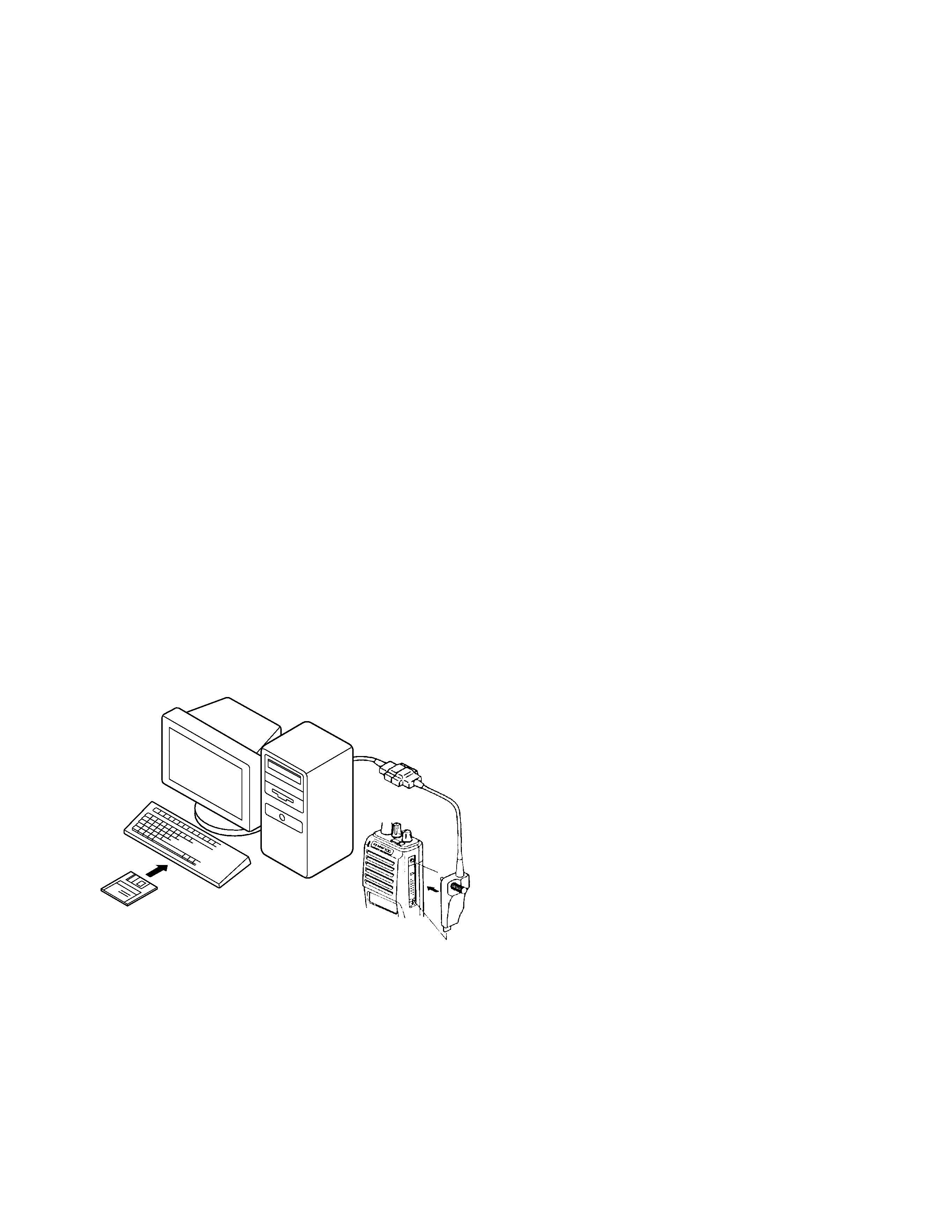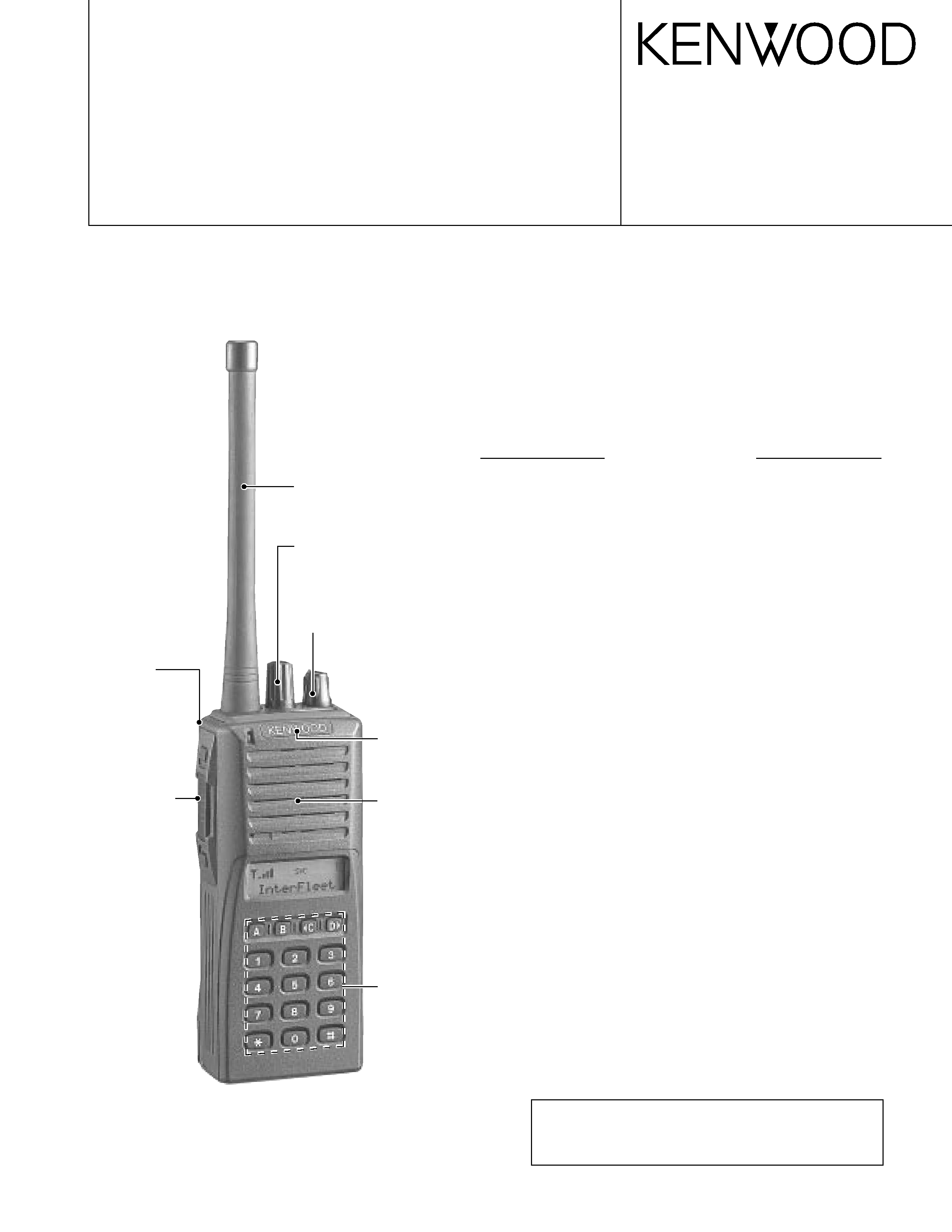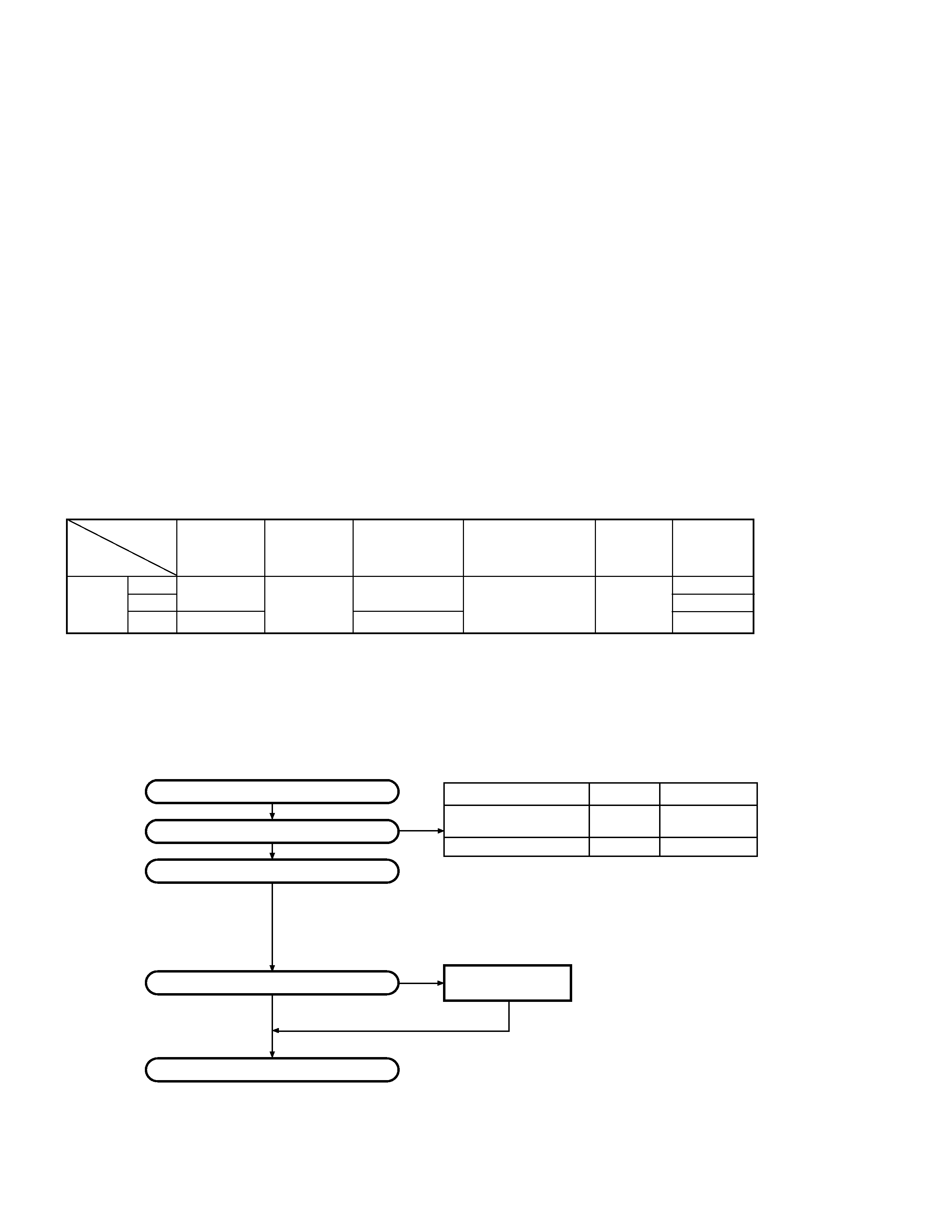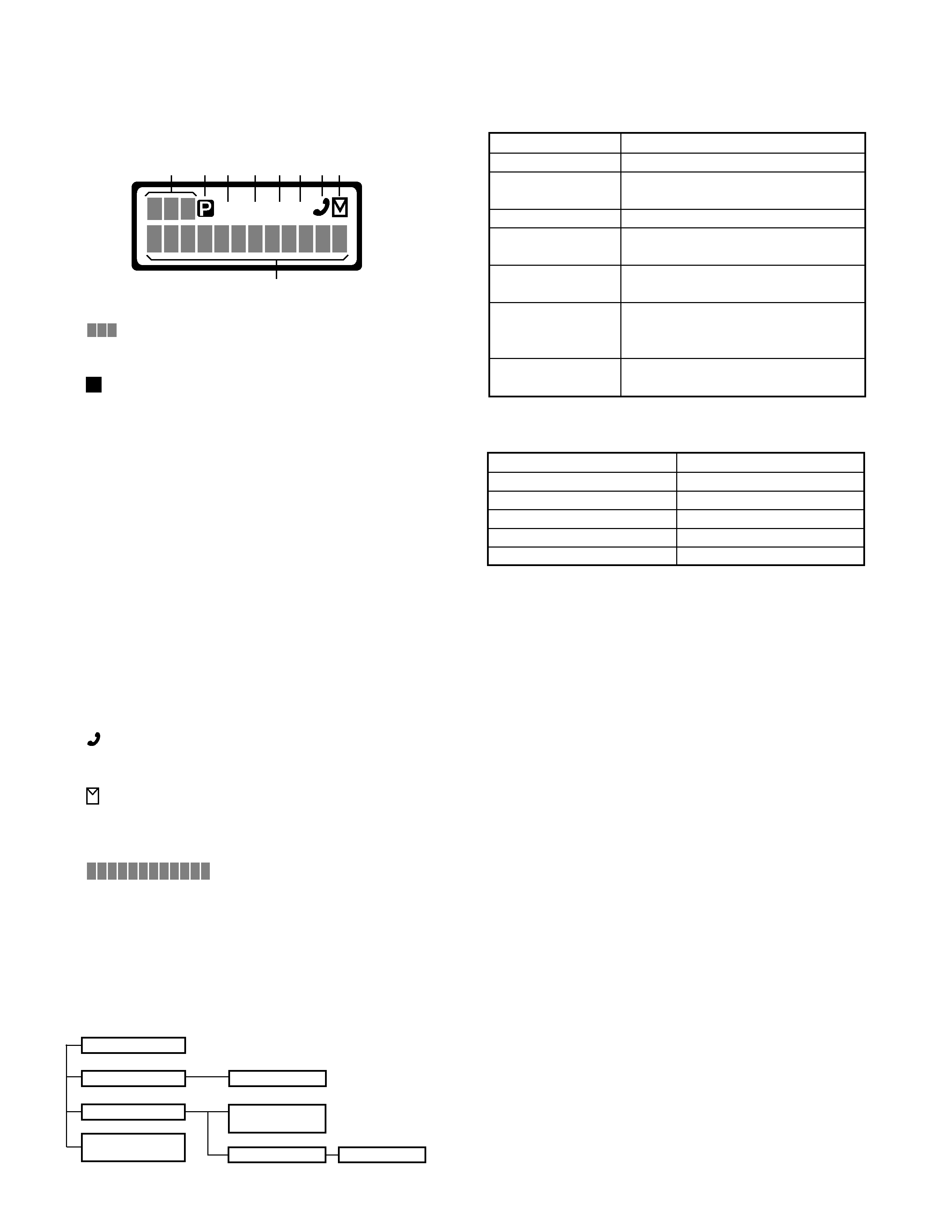
TK-285/(N)
5
REALIGNMENT
5-3. KPG-36 description
(PC programming interface cable: Option)
The KPG-36 is required to interface the TK-285 to the
computer. It has a circuit in its D-subconnector (25-pin) case
that converts the RS-232C logic level to the TTL level.
The KPG-36 connects the universal connector of the TK-
285 to the computers RS-232C serial port.
5-4. Programming software KPG-62D Description
The KPG-62D is the programming software for the
transceiver supplied on three 3.5" floppy disks. This software
runs under MS-Windows 95/98 on an IBM-PC or compatible
machine.
The data can be input to or read from the trnsceiver and
edited on the screen. The programmed or edited data can be
printed out. It is also possible to tune the transceiver.
We recommend that install the KPG-62D for example to
hard disk first then use it.
5-5. Programming with IBM PC
If data is transferred to the transceiver from an IBM PC with
the KPG-62D, the destination data (basic radio information)
for each set can be modified. Normally, it is not necessary to
modify the destination data because their values are
determined automatically when the frequency range (frequency
type) is set.
The values should be modified only if necessary. Data can
be programmed into the flash memory in RS-232C format via
the universal connector.
KPG-62D instruction manual parts No. : B62-1354-XX
6-3. Programming
1. Start up the firmware programming software (Fpro.exe).
2. Set the communications speed (normally, 57600 bps) and
communications port in the configuration item.
3. Set the firmware to be updated by File name item.
4. Turn the TK-285 power ON with the [A] switch held down.
Hold the switch down until the display changes to "PROG
57600". When "PROG 57600" appears, release your finger
from the switch.
5. Check the connection between the TK-285 and the personal
computer, and make sure that the TK-285 Is in the Program mode.
6. Press write button in the window. A window opens on the
display to indicate progress of writing. When the TK-285
starts to receive data. the [P] icon is blinking.
7. If writing ends successfully. the LED on the TK-285 lights
and the checksum is displayed.
8. If you want to continue programming other TK-285 s, repeat
steps 4 to 7.
Notes:
q
This mode cannot be entered if the Firmware Programming
mode is set to Disable in the Programming software (KPG-
62D).
q
When programming the firmware, it is recommend to copy
the data from the floppy disk to your hard disk before update
the radio firmware.
Directry copying from the floppy disk to the radio may not
work because the access speed is too slow.
6-4. Function
1. If you press the [Call] switch (top of left side) while "PROG
57600" is displayed, the version is displayed. If you press
the [Call] switch again while the version is displayed, "PROG
57600" is redisplayed.
2. If you press the [Clear] switch (bottom of left side) while
"PROG 57600" is displayed, the display changes to "PROG
19200" to indicate that the write speed is low speed (19200
bps). If you press the [Clear] switch again while "PROG
19200" is displayed, the display changes to "PROG 38400",
and the write speed becomes the middle-speed mode
(38400 bps). If you press the [Clear] switch again while
"PROG 38400" is displayed, the display returns to "PROG
57600".
3. If you press the [Clear] switch while the version is displayed,
the checksum is displayed. If you press the [Clear] switch
again while the checksum is displayed, the version is
redisplayed.
Note:
Normally, write in the high-speed mode.
KPG-36
IBM-PC
KPG-62D
Fig. 1
6. Firmware Programming Mode
6-1. Preface
Flash memory is mounted on the TK-285. This allows the
TK-285 to be upgraded when new features are released in the
future. (For details on how to obtain the firmware, contact
Customer Service.)
6-2. Connection procedure
Connect the TK-285 to the personal computer (IBM PC or
compatible) with the interface cable (KPG-36). (Connection is
the same as in the PC Mode.)












